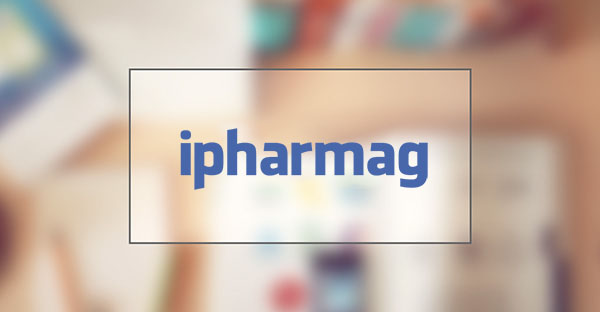Introduction
This blog post aims to explore the intersection of pharmaceuticals and public health, with a focus on addressing global health inequities. The unequal distribution of essential medicines across the world is a pressing issue that affects millions of people, particularly in low-income countries.
Challenges in Ensuring Equal Access
- High Costs: Affordability remains a significant barrier to accessing pharmaceuticals, especially for less developed countries. High prices for patented drugs limit their availability in resource-poor settings.
- Inadequate Infrastructure: Limited health facilities, poor storage conditions, and a lack of trained healthcare professionals make it difficult to distribute and administer medications effectively.
- Regulatory Barriers: Complex and burdensome regulatory requirements can hinder the entry of generic drugs into markets, prolonging patient suffering and driving up costs.
Steps to Address Global Health Inequities
- Intellectual Property Flexibilities: Governments can use compulsory licensing and parallel importation to increase access to patented medicines. These measures allow generic manufacturers to produce and sell the drugs without the patent holder’s permission.
- Investments in Healthcare Infrastructure: Strengthening healthcare systems by improving facilities, training healthcare workers, and ensuring adequate supplies of essential medicines can help ensure that drugs reach those who need them most.
- Public-Private Partnerships: Collaborations between governments, pharmaceutical companies, and nongovernmental organizations can help lower drug prices, improve distribution networks, and enhance healthcare capacity in low-income countries.
Conclusion
Ensuring equal access to pharmaceuticals is a critical component of achieving global health equity. By addressing the challenges faced in the pharmaceutical sector, we can work towards a world where essential medicines are accessible to all, regardless of their income, location, or social status.

